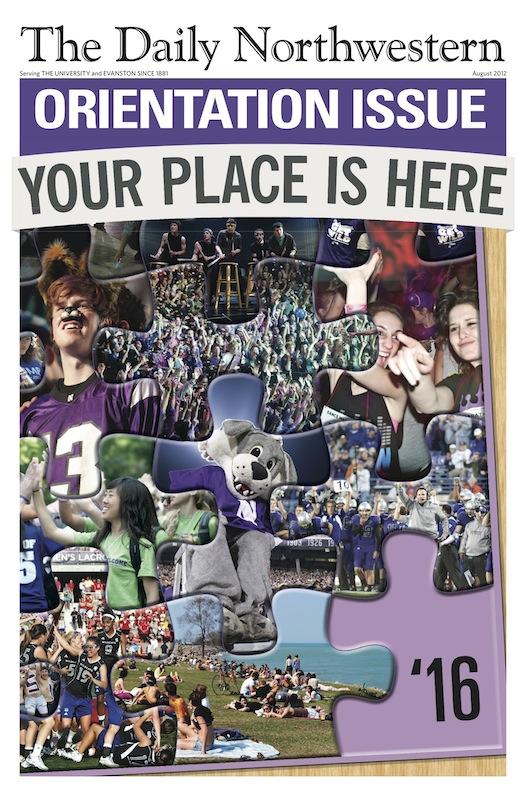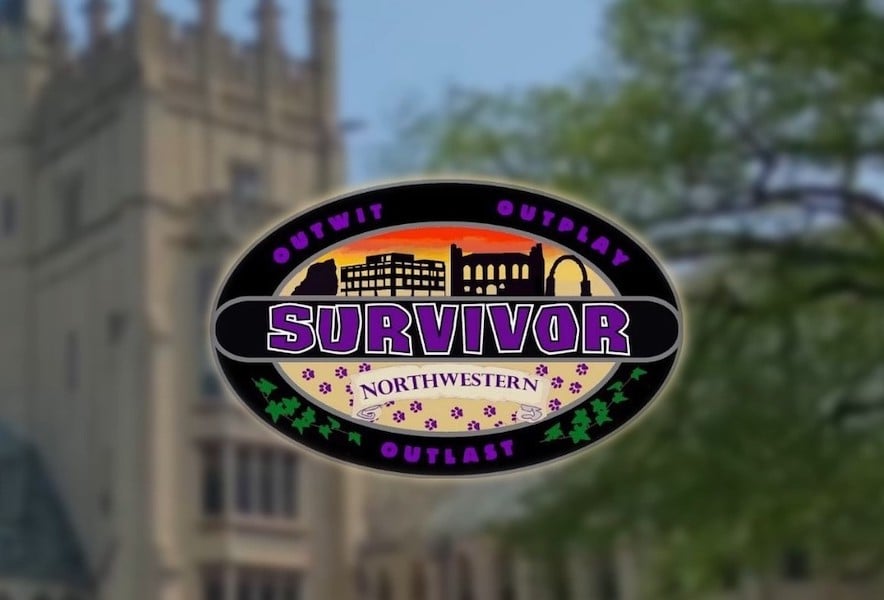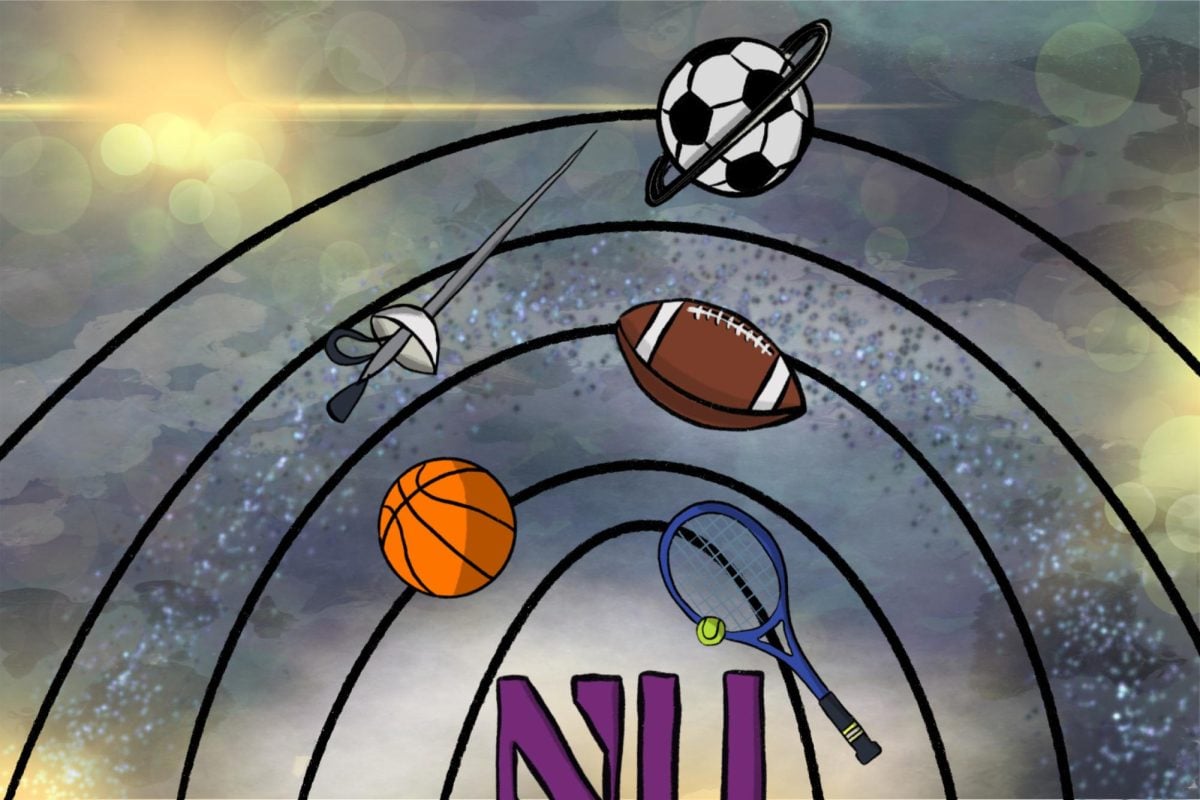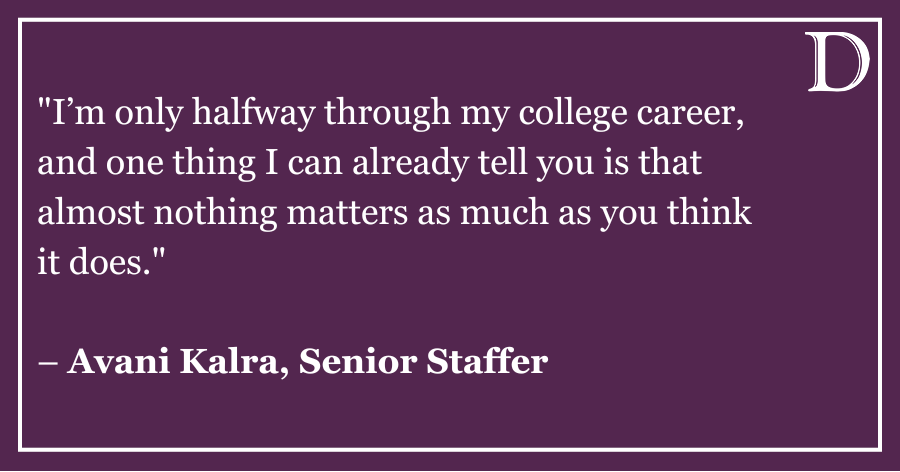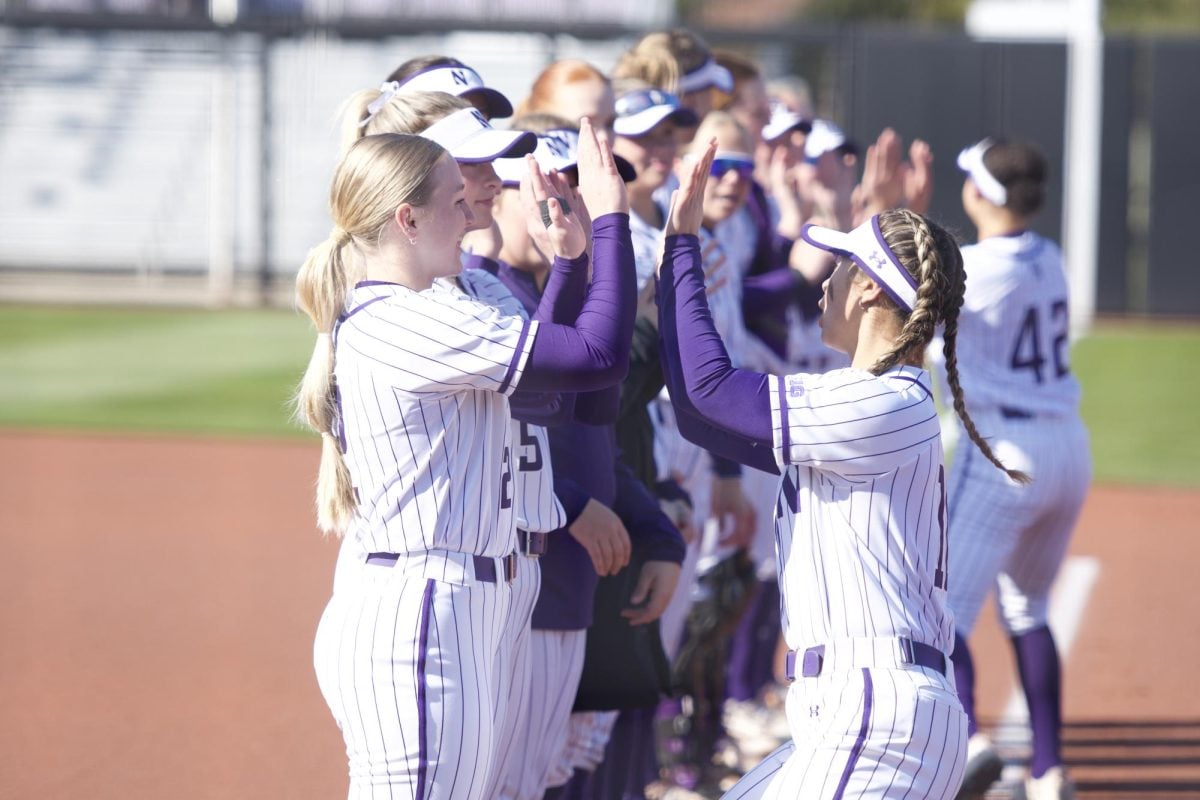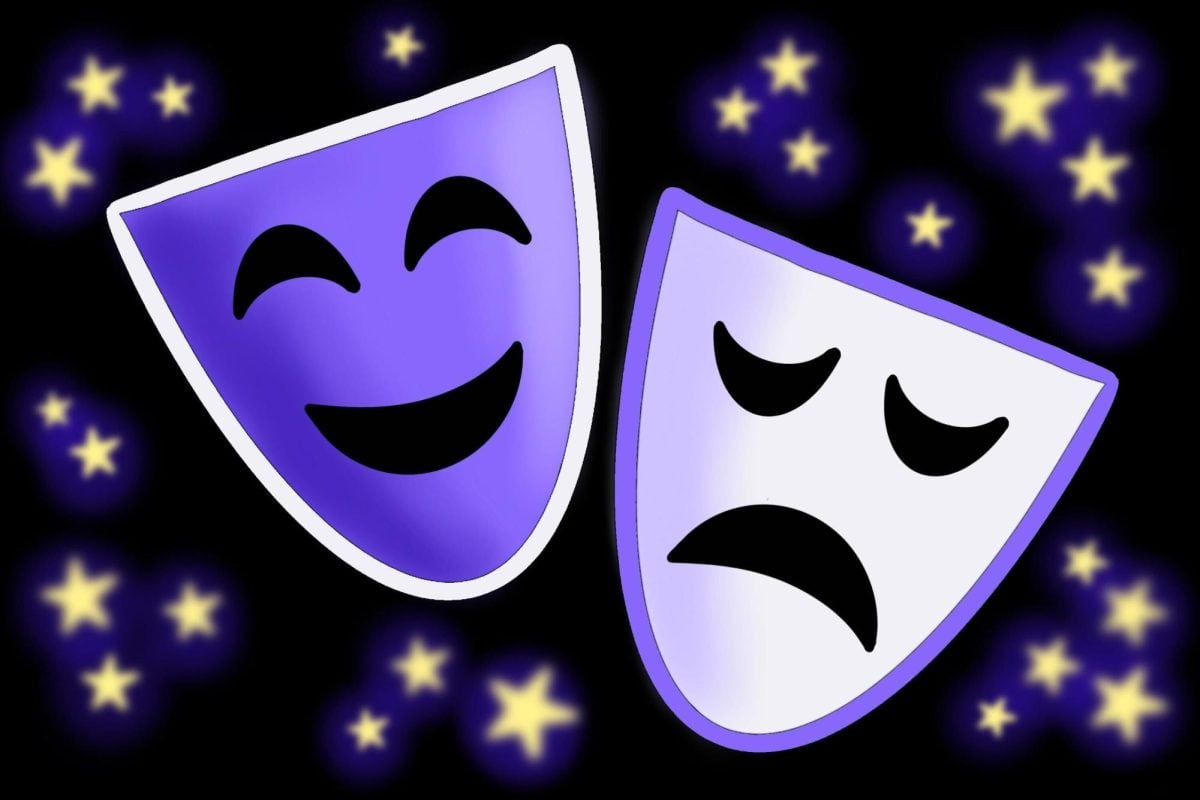1. Wrigley Field
Wrigley Field, opened in 1914, is the second oldest stadium in baseball and home of the Chicago Cubs. It’s widely considered one of the best venues in the sport, not for comfort and sight lines, but for the historic atmosphere.
Despite suffering a World Series drought that reaches as far back as 1908, the Cubs typically rank in the top 10 in baseball for attendance, making for a fun gameday atmosphere. The stadium is also surrounded by bars and restaurants, causing that atmosphere to extend out into the streets of “Wrigleyville.”
Wrigley Field is easy to reach on the “El” — it’s a few steps from the Addison stop on the Red Line — and early in the season, tickets are typically pretty cheap at online ticket brokers such as Stub Hub. “NU Day at Wrigley” is also held every spring and offers cheap tickets to students.
2. Concerts at Millennium Park
Millennium Park is located in the heart of downtown Chicago, separating part of the skyline from the lakefront. It’s located near just about anything in the Loop and right next to tourist attractions such as the art institute.
In addition to the fountains and the world-famous “bean,” Millennium Park also has a state-of-the-art bandshell that hosts concerts during the late spring, summer and early fall.
NU isn’t in session for many of the concerts, but they are free and a good way to relax on the grass and de-stress during finals week. A whole list of the summer concert series is available on ExploreChicago.org.
3. The Lakefront
On the shores of Lake Michigan, Chicago offers a beautiful lakefront area with all sorts of different attractions. The entire city is bordered to the east by the lake, making for incredible views from the South Side to the North Side.
Chicago has running and bike paths that follow the lake, particularly on the north side, where there are parks and even wooded areas in some spots. Other areas have beaches where swimming and beach volleyball are commonplace.
The Navy Pier is the biggest attraction along the Chicago lakefront and offers bike rentals, Segway tours, boat cruises and kayak rentals. The giant Ferris Wheel on the pier has become iconic and there are a number of shops and restaurants. Whether you want to be active or just enjoy the scenery, there is something for everyone at Chicago’s lakefront.
4. Ethnic Neighborhoods
This isn’t a particular “thing” to do, but visiting Chicago’s unique neighborhoods is a must for anyone living near the city. Chicago is made up of 77 different neighborhoods, each with something different to offer.
Evanston borders the Rogers Park neighborhood, which is on the northern edge of the city and is one of the most diverse neighborhoods in Chicago, with plenty of different ethnic food options. Some other interesting North Side neighborhoods include Lakeview — home of Wrigleyville — and Wicker Park, a unique artsy area just northwest of downtown.
The South Side features historic neighborhoods that are very different despite being so close. Pilsen has great Mexican restaurants, while Bronzeville celebrates its African American heritage. No one neighborhood is distinctly Chicagoan, as they all offer something to the city. Make sure to explore both the North Side and the South Side to get a full taste of what the city has to offer.
5. Chicago Museums
Though they’re expensive, Chicago’s world famous museums are a great way to have fun in the city. There are two main art museums in Chicago — the Art Institute near Grant Park and the Museum of Modern Art near Northwestern’s Chicago campus.
If art isn’t your thing, you can visit the Field Museum, which is home to natural and human history from all time periods. The Museum of Science and Industry also has interesting science exhibits, with new rotating exhibits coming in at different times of the year. The Shedd Aquarium, located right on Lake Michigan, is also a popular tourist destination.
If the big museums are too expensive for your taste, there are many other smaller art and history museums that celebrate Chicago’s culture.
